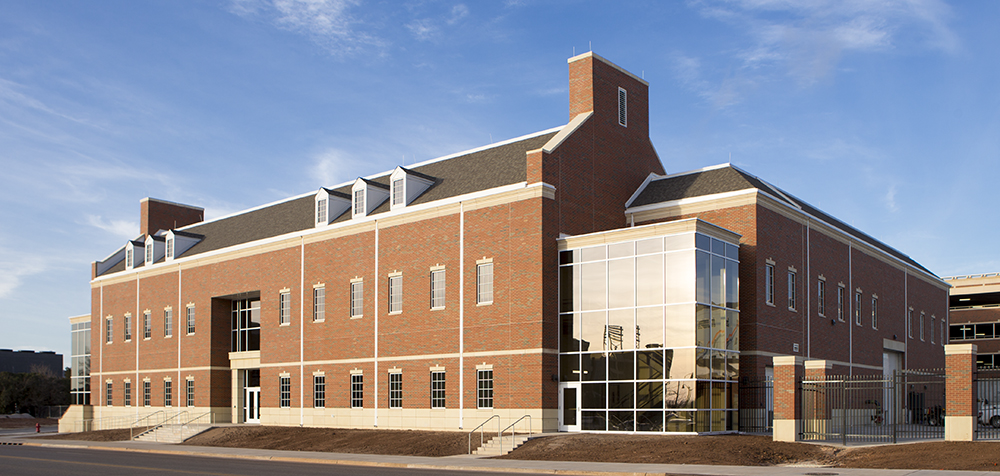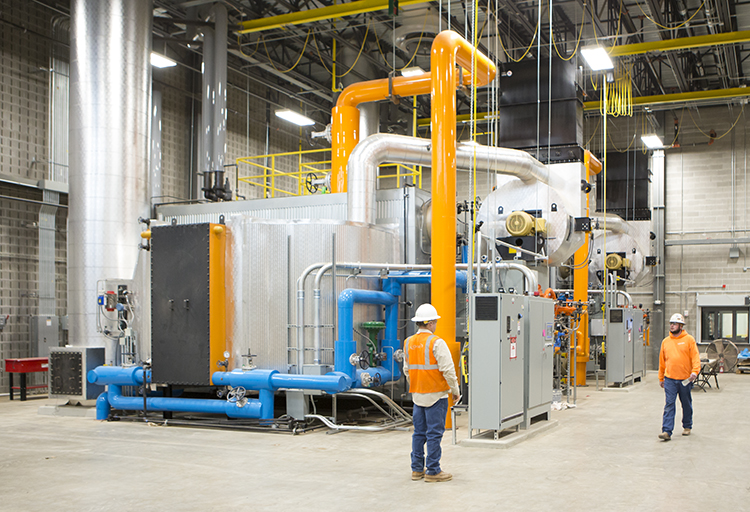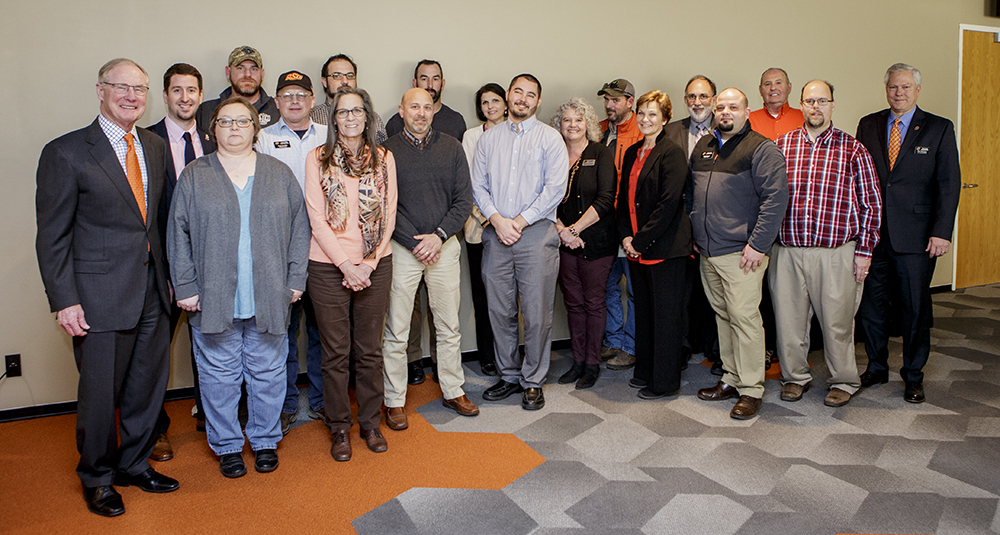
An Energy Investment
Tuesday, May 1, 2018
OSU Celebrates a Decade of Energy Savings
By Karolyn Bolay
Investing is defined as “devoting time, effort or money to a particular undertaking with the expectation of a worthwhile result.”
And this definition perfectly describes the energy transformation on Oklahoma State University’s campuses. Led by the vision of President Burns Hargis, OSU has made significant changes over the past decade to bring energy management and sustainability to the forefront.
“We are a big part of the university and its overall mission,” says Tammy Johnson, energy manager in Energy Management and Sustainability. “It is the university’s mission and goal.”
In July 2007, OSU launched the Energy Conservation Program, now the Energy Management Program, using a behavioral-based system to make changes in energy consumption. Since then, the OSU-system has saved more than $50 million in energy costs; more than $39 million has been saved by OSU-Stillwater alone.
Among the first steps was an agreement between OSU and OG&E to source power from the wind farm in Blackwell, Oklahoma. Now known as the Cowboy Wind Farm, OSU receives 67 percent of all its electricity from the wind turbines.

One of the most exciting and newest advancements in energy management is the opening of the new Central Plant — the central source of heating and cooling for most buildings on campus. The old power plant was built in 1948 with surplus WWII boilers. Replacing that equipment takes OSU’s energy management system into the future. While the old power plant served the university well over the years, its ability to be operated and maintained to reliably serve the campus needs has drawn to a close.
“The old facility was more complex because it produced electrical power through steam turbines,” says Craig Spencer, director of energy services. “There was more electrical infrastructure needed to distribute the power it produced. The new facility, in comparison, is somewhat simpler because we don’t have all the extra piping and cabling for steam turbines and power generation.”
The new Central Plant provides the steam and chilled water necessary to heat and cool the Stillwater campus with state-of-the-art steam boilers and water chillers. It also features unique and creative elements such as spaces for staff and students.
“Probably one of the biggest differences our new building presents is the additional administration wing,” Spencer explains. “We are able to house nearly all of the energy services department within the same footprint.”
On top of that, the new Central Plant also fulfills components of the university’s land-grant mission, including teaching and outreach. The new building will have a classroom for students in the College of Engineering, Architecture and Technology, giving them direct access to the mechanics of the building. The building lobby will also feature a special viewing area for visitors.
“We planned this with the mission of education in mind,” says Casey Keyser, senior energy manager in Energy Management and Sustainability. “We provided the space, and they (CEAT) have worked on what kind of student seating and things will function for them. We also have an observation area in the center of the building. You can actually walk in and see out to the boilers and chillers and see a working plant.”
Energy management is also a key part of any building process on campus. The new Spears School of Business building, which opened in January, is the latest example of taking sustainability and energy management into consideration with the design.
“To capture all the efficiencies that are possible, most people think of the energy usage, which is the air handlers, and most of the equipment that is going to be in the building,” says Jay Cheves, the construction project manager. “But it really starts with getting a good envelope and getting a good sealed building so you can maintain different set points and temperatures.”
While the new Business Building features high-efficiency windows, an automation system and an efficient HVAC system, one of its most interesting features is the use of heat sensor lighting. This allows lights in offices to remain on and in use while the office is occupied but to shut off when it is vacant.
“The newer buildings run kind of like a computer,” Cheves says. “The lights are scheduled to sweep off at a certain time because they turn on with occupancy sensors or thermal detectors. So even if you are sitting still at your desk, it will sense your body heat but if you’re not there, it will turn off after a certain period of time.”
One might ask why energy management and sustainability is so important, especially if it costs more money upfront. It goes back to investing in the future of the university.
“The more efficient you build the buildings on campus, the longer they will last,” Cheves says. “They are easier to maintain and your utility bills go down, which puts less stress on our plants, which helps the overall campus.”
With different teams across campus — along with individual staff and faculty — working together to make the best choices for energy management and sustainability, the success of OSU is a group effort.

Recognition for energy savings
Twenty OSU employees and the Wes Watkins Center have been recognized for contributing to the success of OSU’s Energy Management program, which has saved the university millions of dollars over the last decade.
President Burns Hargis congratulated the honorees during a luncheon hosted by OSU Energy Management and sponsored by Johnson Controls Inc. at the Wes Watkins Center. He attributed their individual efforts and the daily commitment of the university’s staff, faculty and students for the program’s overall success.
OSU’s Energy Management Program is nationally recognized as a leader in behavior-based energy management, saving more than $39 million at OSU-Stillwater and more than $50 million systemwide.
